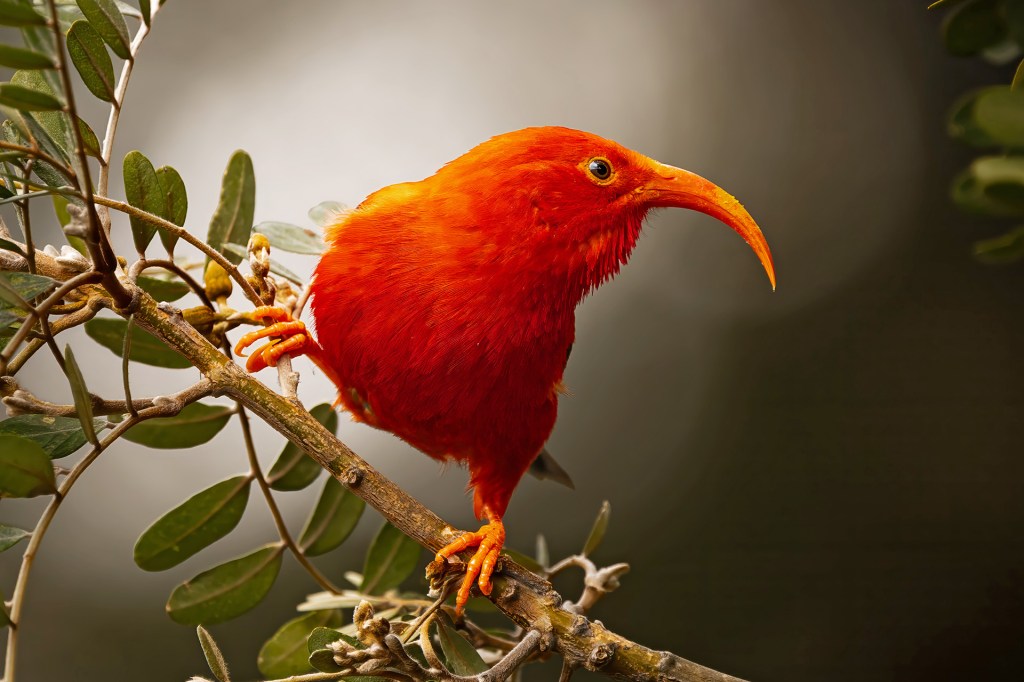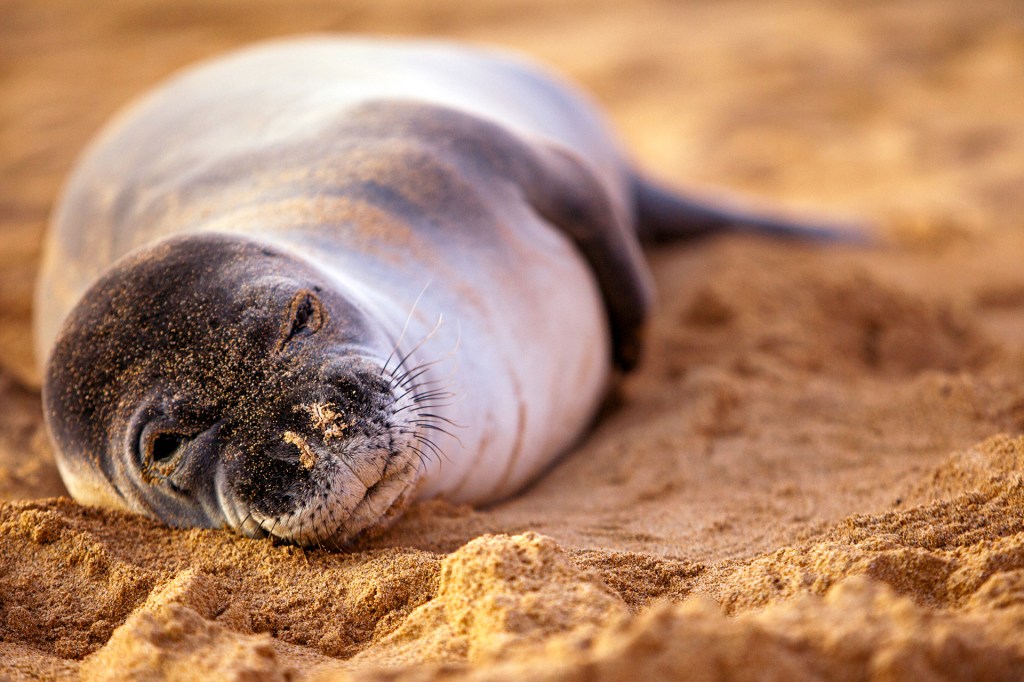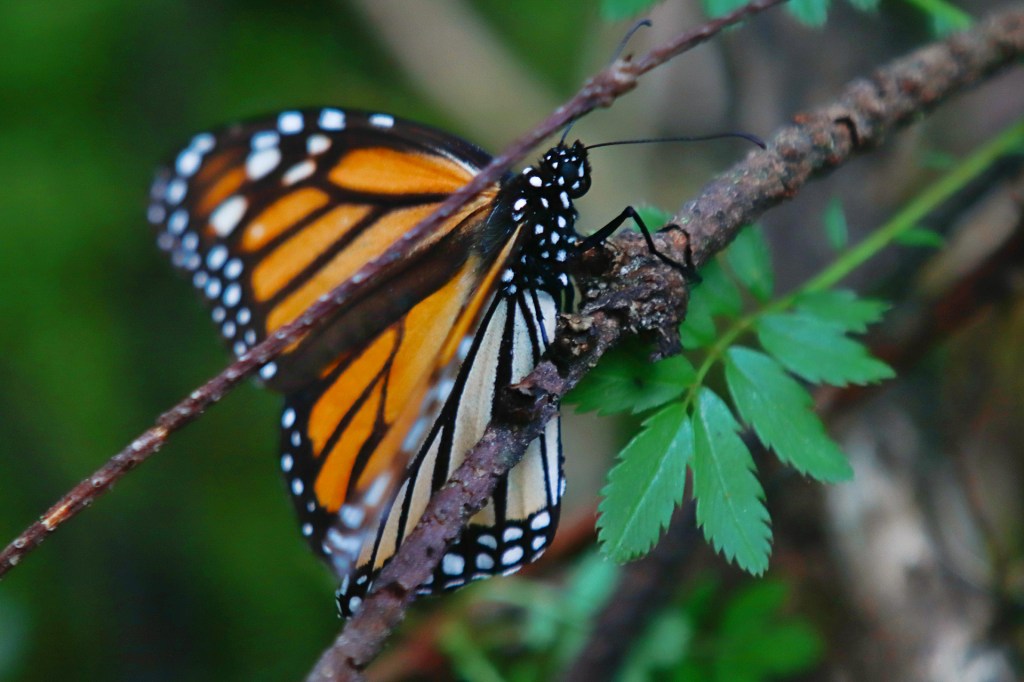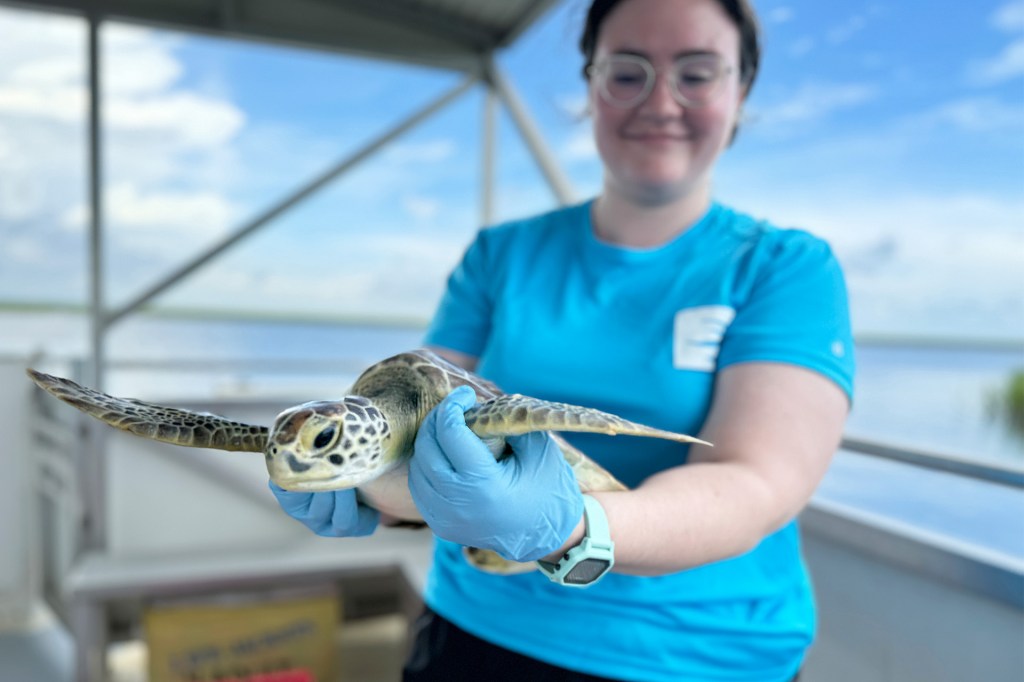A New Home
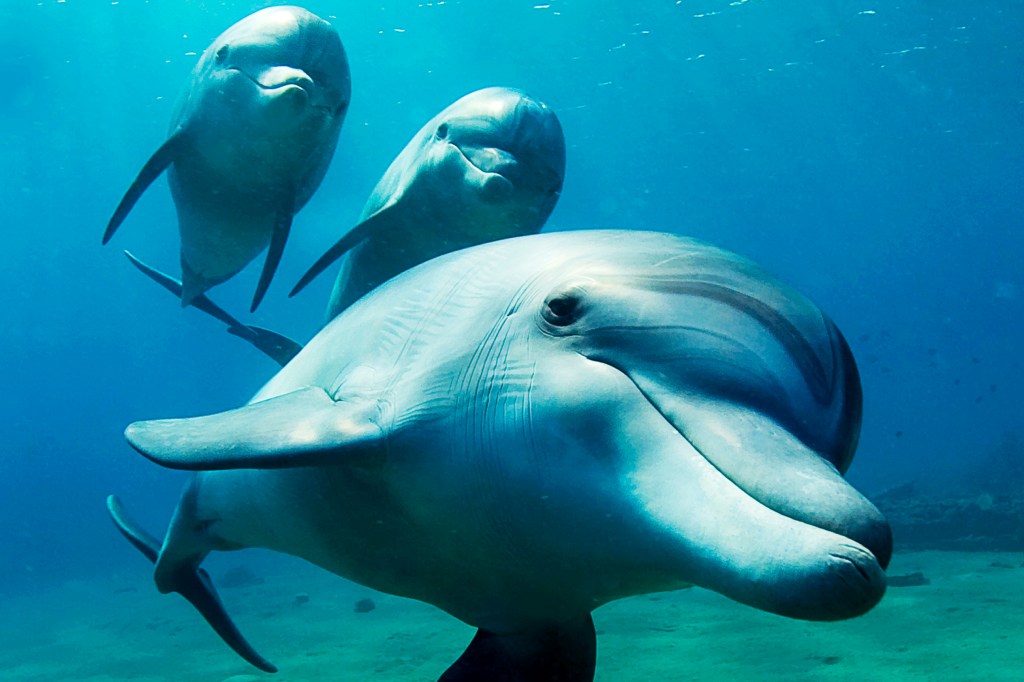
Seven dolphins live at the National Aquarium, in Baltimore, Maryland. They have spent their whole lives in captivity
captivity
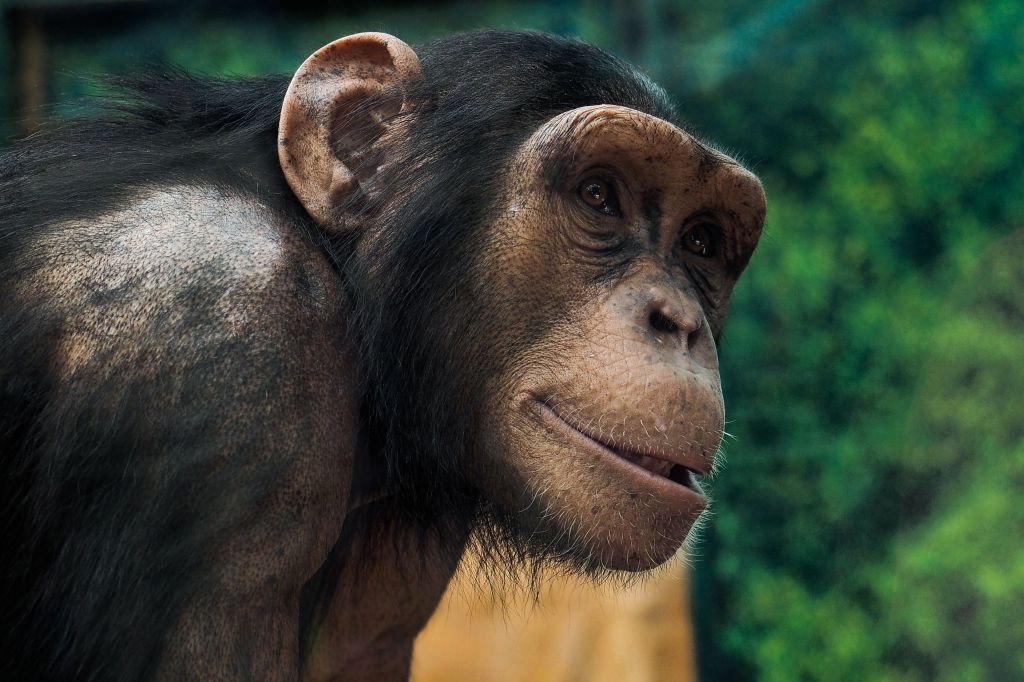 GUILLAUME SOUVANT/AFP/GETTY IMAGES
the state of being held in one place without being able to leave
(noun)
The chimpanzee has lived in captivity for most of his life.
.
GUILLAUME SOUVANT/AFP/GETTY IMAGES
the state of being held in one place without being able to leave
(noun)
The chimpanzee has lived in captivity for most of his life.
.
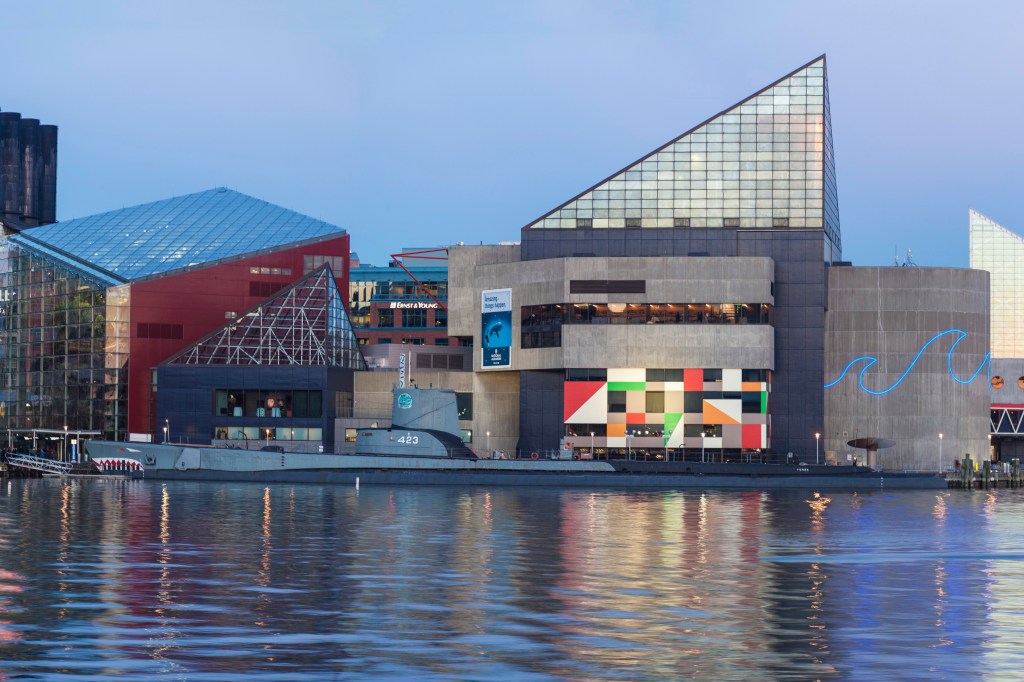
IN THE CITY The National Aquarium is in downtown Baltimore, Maryland.
RICHARD T. NOWITZ—GETTY IMAGESBut soon, the dolphins will get a new home. The aquarium will close its dolphin exhibit
exhibit
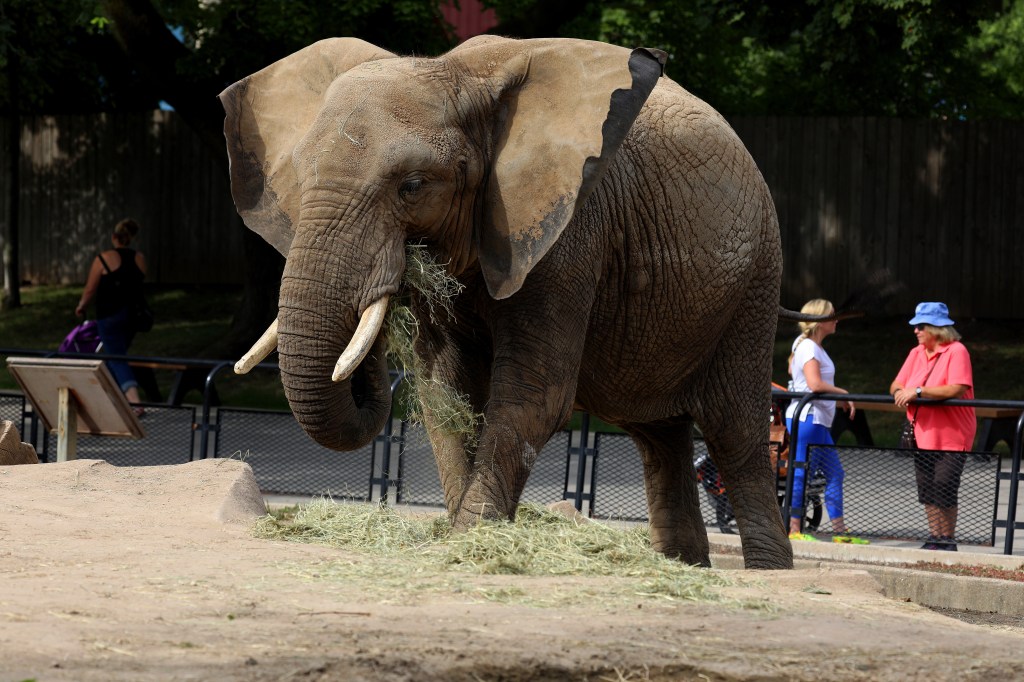 RAYMOND BOYD/GETTY IMAGES
an object or collection of objects that are put out for people to look out
(noun)
My favorite part of the zoo is the elephant exhibit.
by 2021. The dolphins will be moved to a sanctuary. That is a protected space. The sanctuary will be more like a dolphin’s natural habitat
habitat
RAYMOND BOYD/GETTY IMAGES
an object or collection of objects that are put out for people to look out
(noun)
My favorite part of the zoo is the elephant exhibit.
by 2021. The dolphins will be moved to a sanctuary. That is a protected space. The sanctuary will be more like a dolphin’s natural habitat
habitat
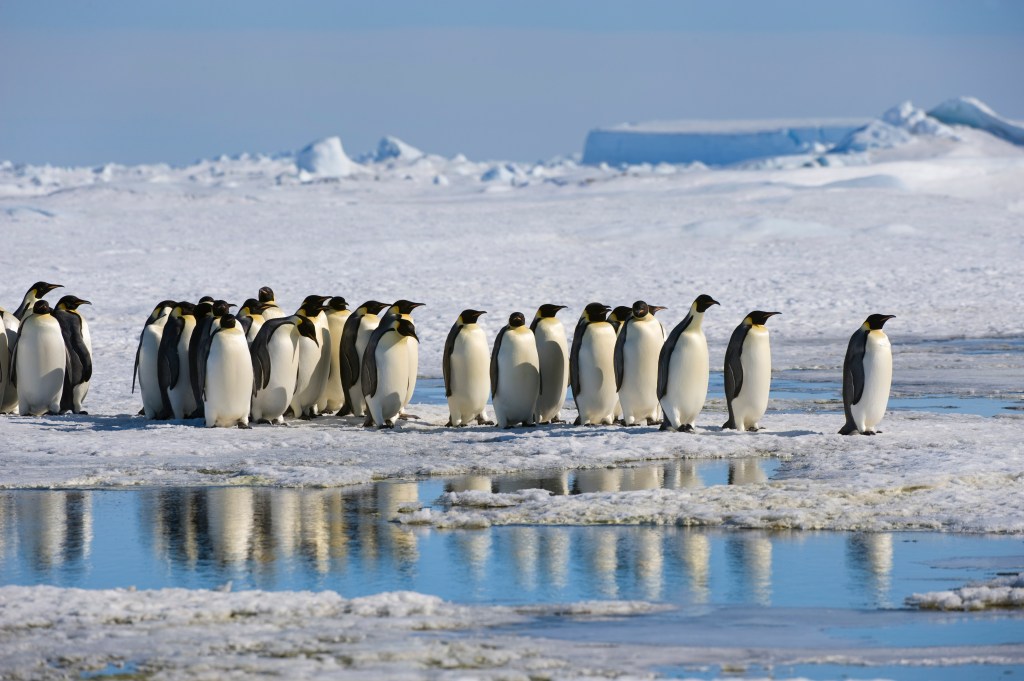 WOLFGANG KAEHLER/LIGHTROCKET—GETTY IMAGES
the place where a plant or animal normally lives
(noun)
The emperor penguin's natural habitat is in Antarctica.
.
WOLFGANG KAEHLER/LIGHTROCKET—GETTY IMAGES
the place where a plant or animal normally lives
(noun)
The emperor penguin's natural habitat is in Antarctica.
.
Some scientists now believe dolphins can’t stay happy and healthy in aquariums. That’s one reason why the dolphins are being moved. New research shows that wild dolphins are very active. In the ocean, they dive down hundreds of feet. They travel up to 100 miles a day. Captive dolphins cannot do these things.
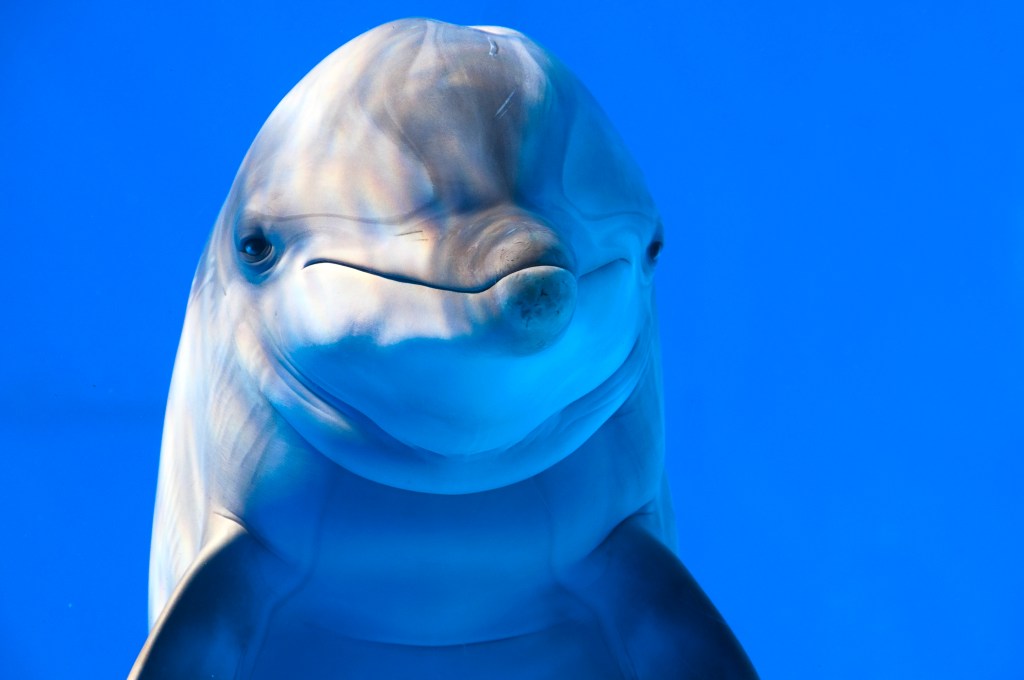
Some animals born in captivity can be placed in the wild. But dolphins usually cannot. A dolphin’s mother teaches it to hunt and stay safe. Humans can’t teach those lessons. That’s another reason why the aquarium’s dolphins are being moved to the sanctuary. They will have more freedom. But they will still be protected.
A New Model
The aquarium hasn’t decided where its sanctuary will be. But it will be connected to the ocean. And it will have plants and other animals. The dolphins will have lots of room to swim. But trainers will still care for them. Visitors might be able to see them from far away.
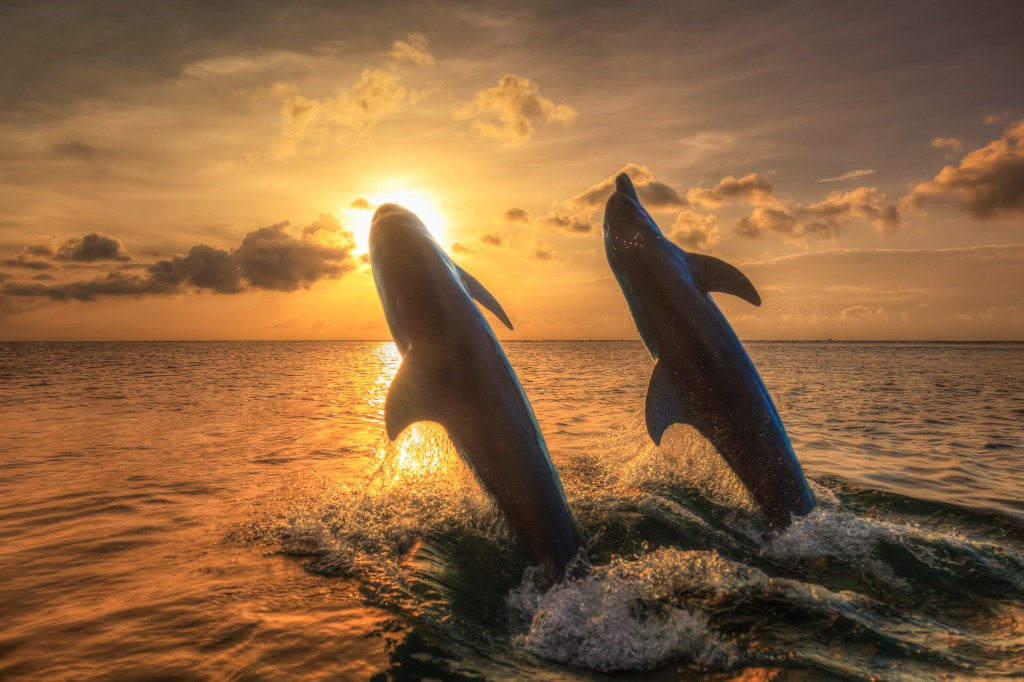
BE FREE Wild dolphins leap in the Caribbean Sea.
STUART WESTMORLAND—GETTY IMAGESLeigh Clayton works at the National Aquarium. “We are creating a new model for how humans and dolphins interact,” she told TFK.
What's That Sound?
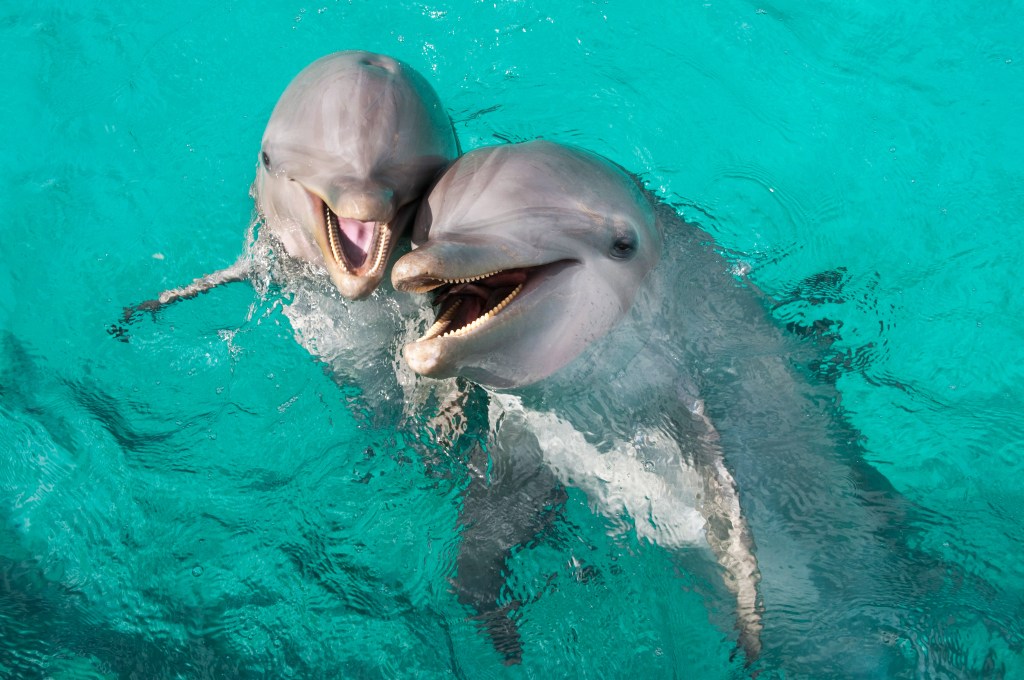
Dolphins make two types of sounds: whistles and clicks. They use a high-pitched whistle to communicate with one another. Each dolphin’s whistle is unique.
Dolphins use clicks to get a sense of their surroundings. A dolphin’s clicks create vibrations. The vibrations travel through the water. They bounce off objects like plants and animals. Then the vibrations return to the dolphin. This is how dolphins use sound to “see.” It is called echolocation.





